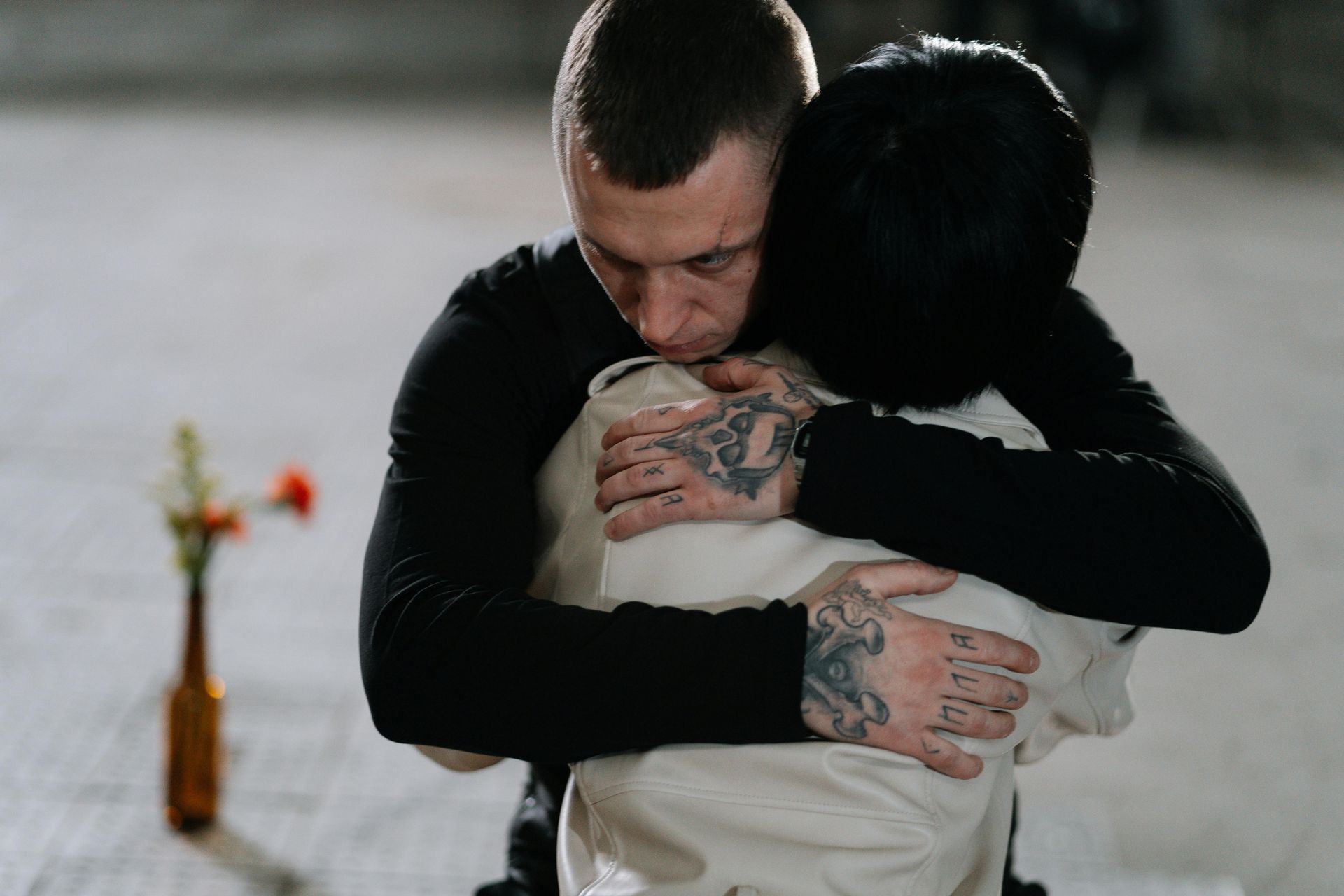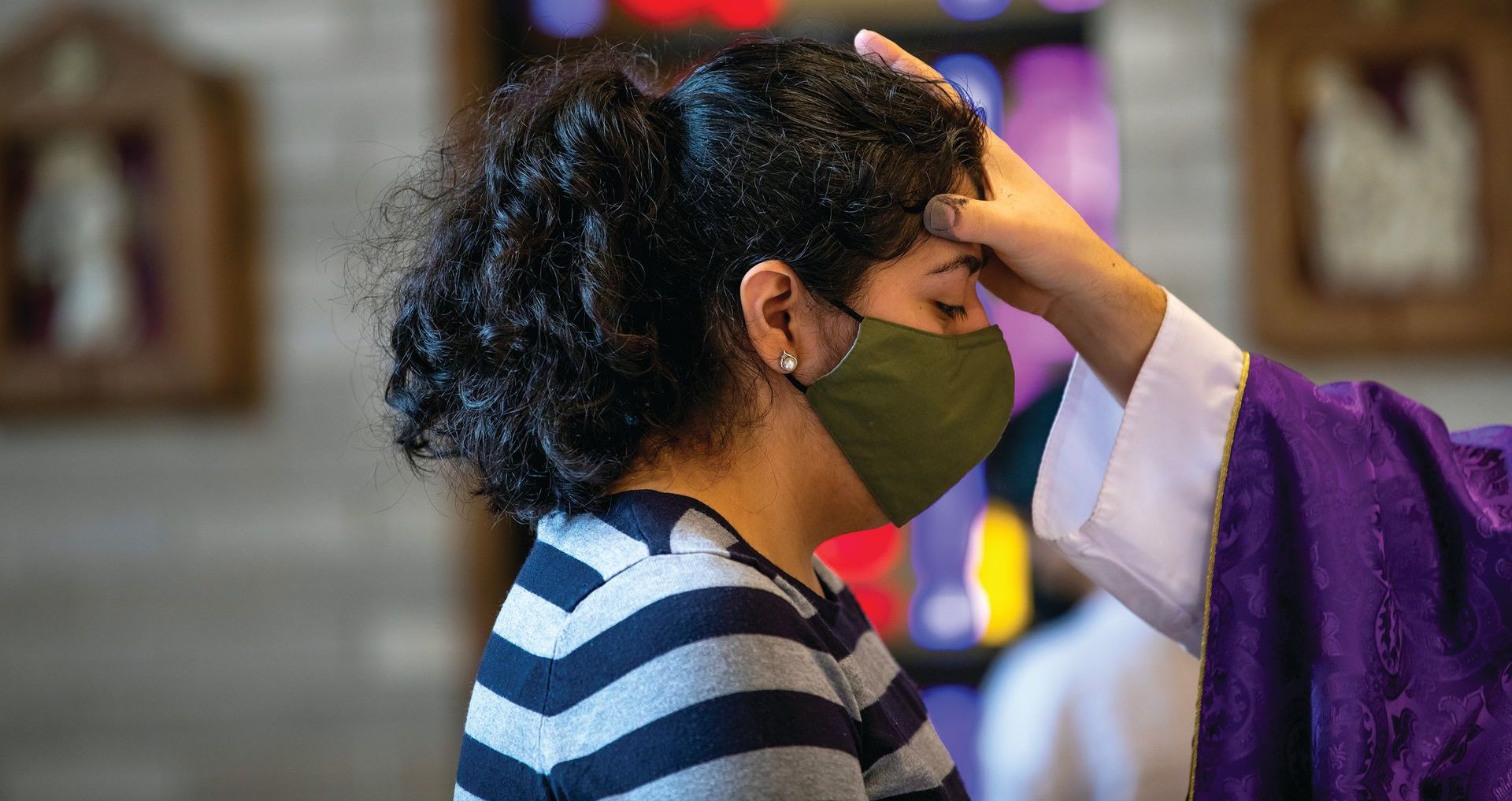Why We Veil Crosses During Lent?
Traditionally we veil crosses on the Fifth Sunday of Lent. Besides removing water from the baptismal font, simplifying decorations in the church, no flowers in the sanctuary, and keeping liturgy modest, veiling crosses is another meaningful symbol during Lent to bring us closer to the celebration of the Passion, Death, and Resurrection of Jesus Christ.
While it may appear surprising to veil crosses during the final weeks of Lent, the Catholic Church recommends this practice to heighten our senses and build within us a longing for God, who gave us his Son Jesus Christ to die for our salvation on the cross.
In fact, this custom of veiling crosses comes from an ancient tradition of the Middle Ages. In the east the tradition of covering of sacred items and places is well preserved even today. Everything considered sacred, sanctuary, tabernacle or chalice must be covered with a veil or holy icons. The western tradition lost this beautiful tradition but the liturgy preserved it during Lenten season.
Nowadays, Introduction to the Roman Missal encourages us to continue this old tradition in our churches, “In the
Dioceses of the United States, the practice of covering crosses and images throughout the church from the fifth
Sunday of Lent may be observed. Crosses remain covered until the end of the Celebration of the Lord’s Passion on Good Friday...”
The theological significance of the veils is found in how they offer an outward and visible reminder of the penitential nature of the season. The veils obscure from our vision the holy images that enlighten our worship life, and in doing so remind us our sinful nature has obscured our vision of God’s truth. The veils and other symbols of simplicity in our church are one of many ways we are invited in Lent to embrace a penitential disposition — a disposition that engages our sinfulness and renews our vision of that which is good and holy.
The crosses are unveiled on Good Friday during the celebration of the veneration of the cross. When the veils are taken away, we are blessed with the unveiled truth of Jesus’ suffering and death for us, but at the same time, with unconditional love of God. The removal of veils serves to remind us of where our Lenten exercises and resolutions have sought to bring us, and that is to a place of renewal, spiritual nourishment, hope, and a clearer vision of the beauty of God.
Practically, veiling crosses heightens our spiritual senses to form within us a longing for God. We are even more encouraged to search for and contemplate God in simplicity of Lenten liturgy of the Word and Eucharist and in our neighbor, who is in need, rather than see God through images of the cross and holy statues.
Finally, the veils are not meant to be there forever. Crosses need to be unveiled. It is unnatural for them to be covered.
The unveiling of the cross on Good Friday, just before the Easter Vigil, is a great reminder of our own life on earth. We live in a “veiled” world, in exile from our true home. It is only through our own death the veil is lifted and we are finally able to see the beauty of everything in our lives.
Fr. Andrzej










